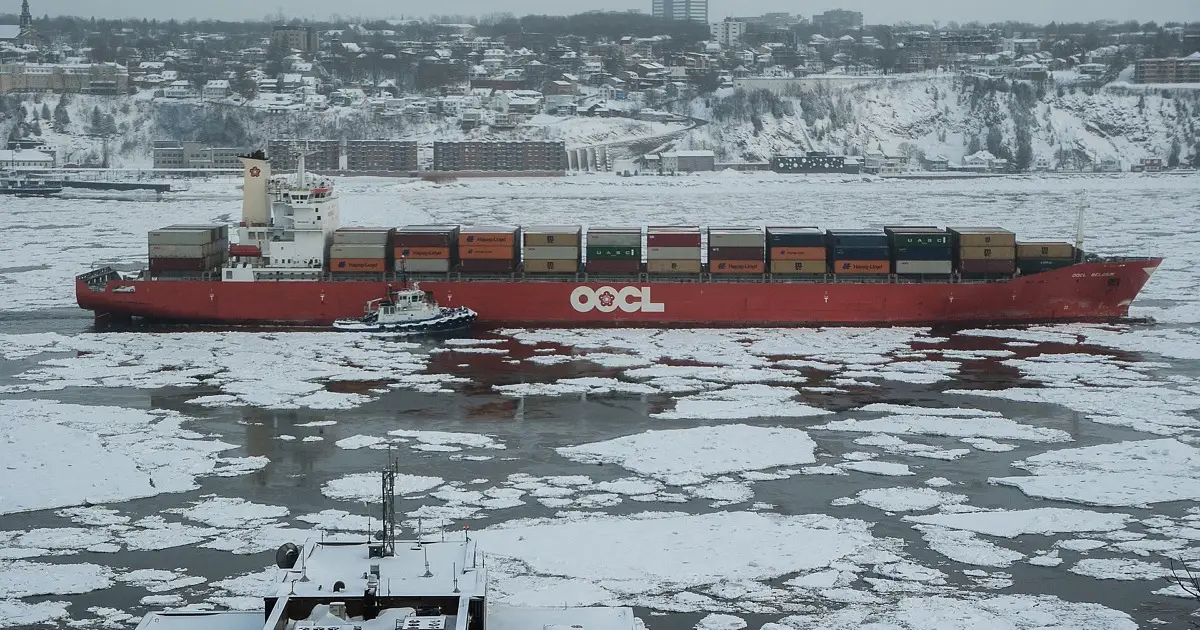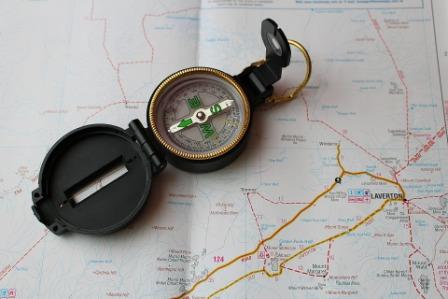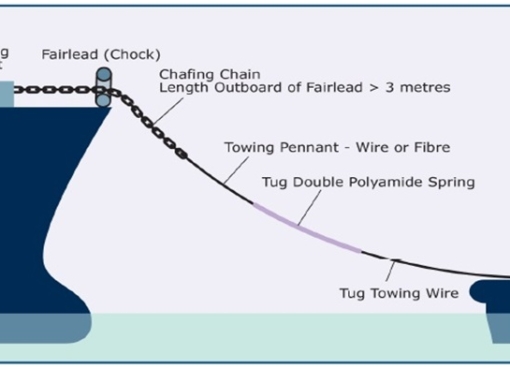The first principle of successful ice navigation is to maintain freedom of maneuver. Once a ship is trapped in ice, she goes wherever the ice goes.
Ice navigation requires great patience and it can be tiring. If we can avoid ice even by taking a longer route, that should be preferred.
During Ice Navigation, We Should Keep In Mind The Following 3 Basic Ship Handling Rules:
- Excessive speed means ice damage. Whenever touching the ice is inevitable, speed should be low. After making the contact, speed can be slowly increased.
- Keep moving, even if very slowly. Do not stop the ship.
- Try to work with the ice movement and not against it.
Following Things Should Be Given Due Consideration During Ship Handling In Ice:
- Do not underestimate the hardness of ice, consider ice like a floating concrete block that can damage the hull.
- Be prepared to go astern at any time but as far as possible stopping and going astern should be avoided.
- Enter the ice at low speed to receive the initial impact. Once into the ice, speed has to be increased to maintain headway and control the ship.
- Violent rudder movements such as hard over should be avoided because in such cases vessel starts swinging rapidly, suffering more ice damage.
- Whenever entering the lead from the ice edge, an entry should be at right angles at the lowest speed. Image Source: NASA
- Anchoring in a heavy concentration of ice should be avoided, if the ice is moving ship will also drift with ice and can break the cable.
- Ice under pressure must be avoided.
- All forms of ice i.e. icebergs, bergy bits, and growlers in pack ice should be given wide berth as they are moving with the current whereas pack ice is driven by wind.
- Always go through the recommended route given by the port authorities. Along such routes, ice breakers are available for help during any emergency.
- Navigation in pack ice after dark should not be attempted without high power searchlights which can be controlled easily from the bridge. If visibility is poor then heave to at slowest speed but keep on turning the propeller slowly.
- If an ice floe cannot be avoided, it should be hit squarely with the stem. A glancing glow may damage the bow plating and suddenly make the ship change course and the vessel will suffer more damage due to ice.
Requirements For Ships Operating In Ice:
- A vessel must be ice class.
- Propulsion and steering both should be reliable.
- Navigation and communication equipment should be reliable.
- RADAR should be of the latest type, giving peak performance.
- Take heavy ballast.
- Excessive stern trim should be avoided as it reduces maneuverability.
- Always change over from high sea suction to low sea suction to avoid clogging of high sea suction by ice.
- Extra fuel, food, and water should be available onboard.
Navigational Equipment Requirement as per Polar Code:
- Ships shall have two non-magnetic means to determine and display their heading. Both means shall be independent and shall be connected to the ship’s main and emergency source of power;
- Vessel proceeding to latitudes over 80 degrees shall be fitted with at least one GNSS compass or equivalent, which shall be connected to the ship’s main and emergency source of power.
- Ships, with the exception of those solely operating in areas with 24 hours daylight, shall be equipped with two remotely rotatable, narrow-beam searchlights controllable from the bridge to provide lighting over an arc of 360 degrees, or other means to visually detect ice.
- Ships involved in operations with an icebreaker escort shall be equipped with a manually initiated flashing red light visible from astern to indicate when the ship is stopped. This light shall have a range of visibility of at least two nautical miles, and the horizontal and vertical arcs of visibility shall conform to the stern light specifications required by the International Regulations for Preventing Collisions at Sea.
- Ships shall have means of receiving and displaying current information on ice conditions in the area of operation.
- Ships constructed on or after 1 January 2017, ice-strengthened in accordance with chapter 3 of Polar Code, shall have either two independent echo-sounding devices or one echo-sounding device with two separate independent transducers;
- For ships operating in areas, and during periods, where ice accretion is likely to occur, means to prevent the accumulation of ice on antennas required for navigation and communication shall be provided.
These are some of the points which can help you during ice navigation. There will some points which might have been missed. If anything we missed , let us know in comment section and share your opinions with all.




